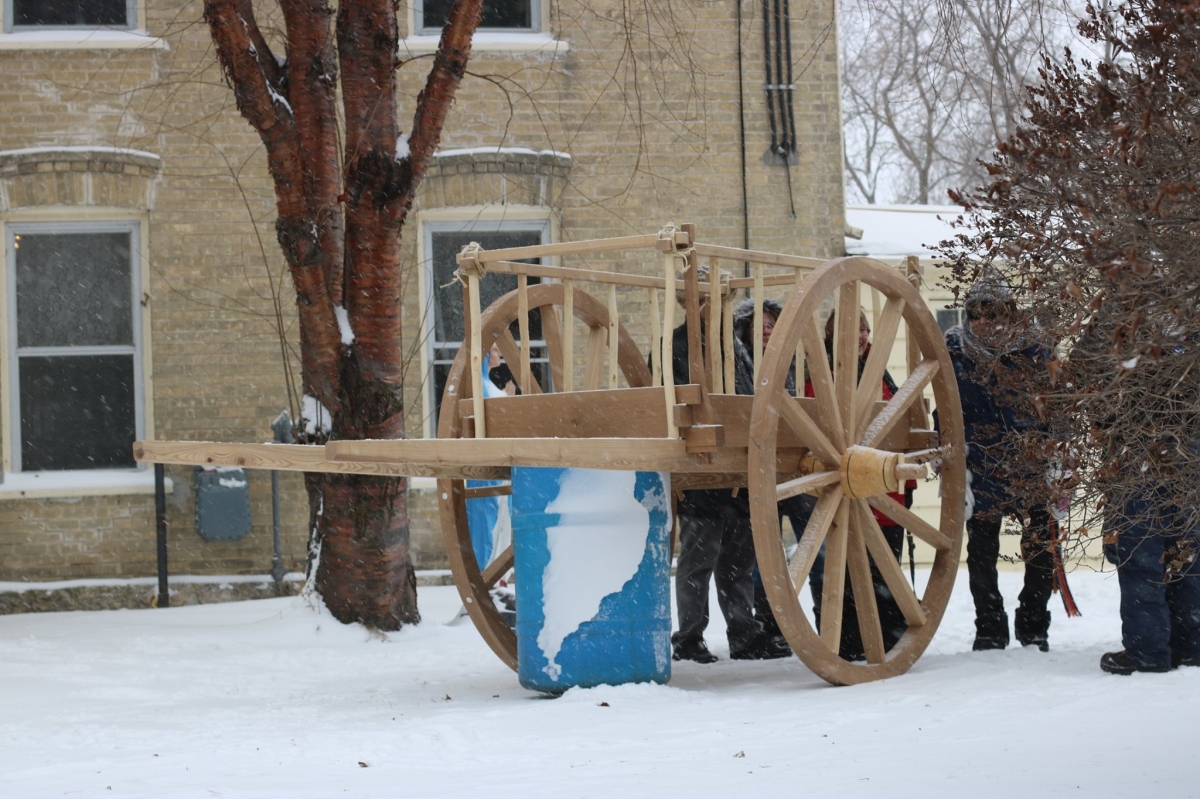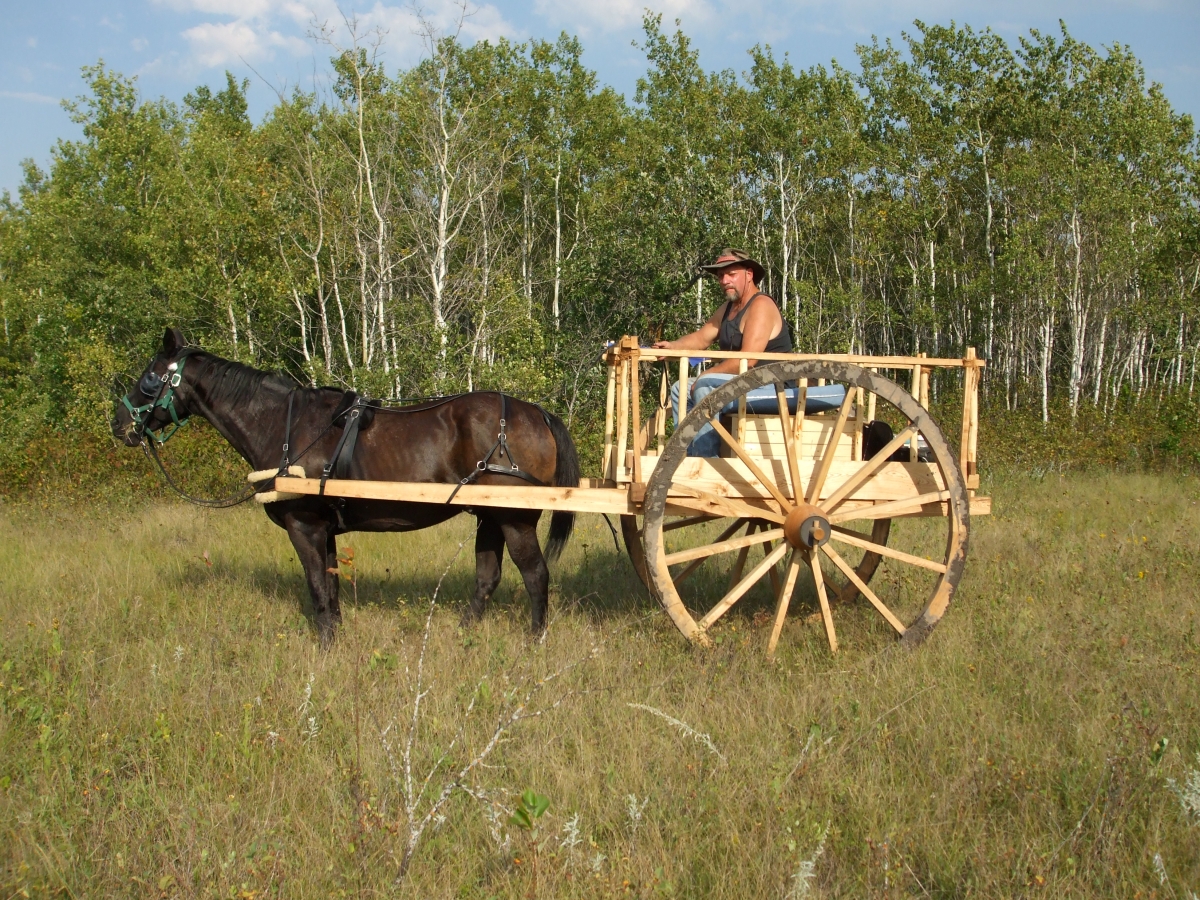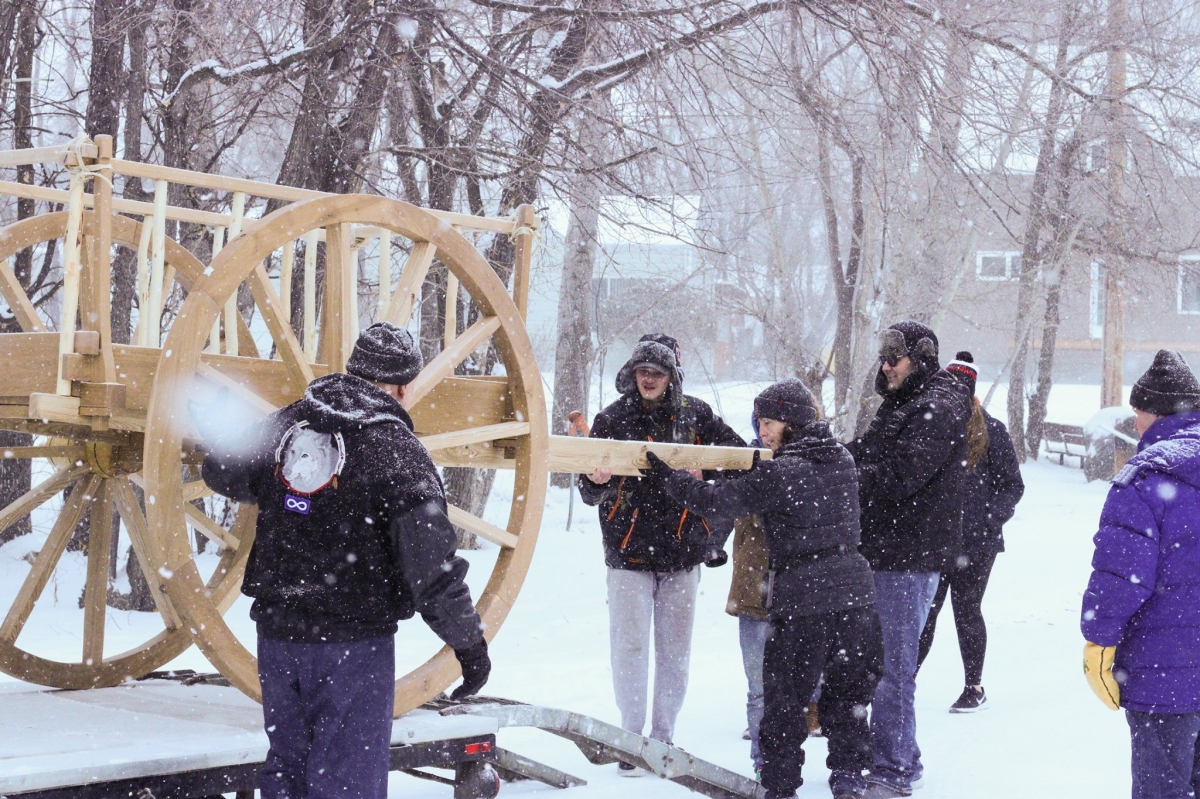- Home
- |
- Our Culture
- Louis Riel
- Métis Firsts in North America
- Métis Minute
- Who are we?
- Métis Nation Database
- Kids' Corner
- I Love to Bead Month
- |
- Departments / Affiliates
- Citizenship
- Culture & Heritage
- Early Learning & Child Care
- Economic Development
- Engagement and Consultation
- Energy, Infrastructure & Resource Management
- Health & Wellness
- Housing and Property Management
- Infinity Women Secretariat
- Louis Riel Capital Corporation
- Louis Riel College
- Louis Riel Institute
- MEDOCare Pharmacy
- Métis Child and Family Services Authority
- Métis Employment & Training
- Métis Justice Institute
- Métis Rights & Constitution
- Michif Language
- Provincial Education
- Red River Métis Business Development Corporation
- Red River Métis Community Resource
- Red River Métis Fur Company
- Red River Métis Veterans
- Riel House
- Sixties Scoop
- Youth
- |
- Government
- |
- Jobs
- |
- News
- |
- Contact
Armand Jerome
May 11, 2023
Red River Métis Citizen responsible for Red River Cart resurgence
 The Red River Cart is one of the most recognizable symbols of the Red River Métis.
The Red River Cart is one of the most recognizable symbols of the Red River Métis.
The Red River Cart is one of the most recognizable inventions of the Red River Métis, and Armand Jerome is working hard to preserve the history.
The Red River Métis Citizen owns Jerome Cartworks alongside his partner Kelly who helps to produce the carts and manage the business.
The master Red River Cart maker has spent over two decades toiling and perfecting the art of reconstructing historically accurate Red River Carts.
The Red River Cart directly contributed to the commercialization of the buffalo hunt and fur trading industry. Alexander Henry the Younger, a fur trader and writer, mentioned in one of his journals that the Red River Cart made its first appearance in 1801 at Fort Pembina. The Red River Cart thrived throughout the 1800s, with its popularity peaking between 1850 and 1870, before the dawn of the railway.
Jerome was first inspired to recreate Red River Carts when he joined the St. Norbert Parish-La Barriére Métis Council in the early 2000s. He would go for coffee with Don Benoit, who started the council in 2000, and discussed the possibility of building canoes and Red River Carts for parades. Those words became actions as Jerome was helping to build a cart to travel to the North American Indigenous Games in Winnipeg.
 Master cart builder Armand Jerome rides a Red River Cart that he created.
Master cart builder Armand Jerome rides a Red River Cart that he created.
"We thought maybe if we could get the right group together and get the right people to help, we could build a couple of Red River Carts and bring them on this journey. So that was around 2001, so we had a year to plan this."
Once the plan was in motion, Jerome took the liberty of finding blueprints and started construction. By the time the Indigenous Games arrived, he and his team had made five Red River Carts. They quickly realized that they would have to fine-tune the carts on the fly.
"The problem with our five carts was that we were piecing them together every night. I wasn't able to participate in a lot of the festivities that went on because I was working on these carts every night to make sure we could try to make it another day. Sometimes we only had a couple of carts going on the journey because the other ones broke down," said Jerome. "I was always trying to get (them) going, so finally, when we entered St. Norbert a week later, we would have these carts ready to go."
The journey was successful, and since then, it was his mission to learn the forgotten ways of the Red River Métis Cart.
"There are carts that have been around for thousands of years, all over the world, but the Red River Cart, indigenous to the Red River, is made certain ways, with the dished wheels, and there are certain things about it that if you were to look at it, you know there's a lot of work involved," said Jerome. "But the technology incorporated into a lot of the design is lost and isn't seen directly. It's something that you come across as you're using it, and if you don't make it properly, you're going to have breakdowns. There's a reason they made it the way it was."
The typical Red River Cart Jerome makes has a wheel height of 5 feet 5 inches, is constructed entirely out of local hardwood, and contains 12 wheel spokes. Each cart takes upwards of 300 hours to create.
Jerome acknowledged there are other cart builders across Canada, but he prides himself on making them historically accurate.
"My carts are our actual Red River Carts (that are) historically correct. I don't (want to) take away from some of these other cart builders on their efforts, because it takes a lot of effort to build a Red River Cart," said Jerome. "It was in my mind and heart that I wanted to build a historically correct Red River Cart. So, I've had the privilege of driving these carts for thousands of miles and testing them out, and then (going) back to the drawing board and back to the history books - because there is some documentation, but not much to go on, and (is more) trial and error, I found."
 Armand Jerome has been recreating Red River Carts since 2001.
Armand Jerome has been recreating Red River Carts since 2001.
When Jerome started building Red River Carts, he noticed a resurgence of Red River Métis culture, particularly with more music and fiddlers, and he was glad to be part of it.
"A lot of the bands in Winnipeg were (Red River Métis) bands that were doing their own thing, but they didn't realize they were a part of this resurgence of culture," he said.
Jerome also noted that part of the revival included the Red River Jig, sash weaving, and beading, but some pieces of the culture were still left unfound.
"No one was making actual historical Métis Red River Carts. So, when I started, it was a bit of a fluke that I (was) interested in it. I just wanted to learn how to make them properly, how the Métis used to," he said. "I didn't realize I was a part of that resurgence; it just came upon me. As the years went on, I was sharing my knowledge and learning. I became a part of that (resurgence), and that makes me feel good."
Jerome's work has been featured on the Carlton Trail in Saskatchewan, at the 2010 Winter Olympics in Vancouver, and in many places around the globe. One of his carts even ended up in the National Museum of Scotland.
"The Edinburgh museum in Scotland wanted a Red River Cart because they were interested in the culture of the Métis and the Grant clan that was Scottish, so they had requested a cart going to Scotland to represent the Métis and Cuthbert Grant. To me, it was an eye-opener and an honour to do something like that for one of my ancestors," he said. "Another time, (Manitoba Métis Federation) President David Chartrand was in France (because) they were honouring Métis veterans at Juno Beach. When (President Chartrand) was at the museum, he noticed there was First Nations and Inuit representation, but there was no Métis representation."
After President Chartrand returned from his trip, he approached the Manitoba Métis Federation (MMF) Cabinet about the possibility of having Red River Métis representation at Juno beach, so they would not be left out, and that's when Jerome got the call about making a Red River Cart.
"That instilled more pride in me because I could see where he was coming from. The Métis, as forgotten people since 1885, are now starting to become well-known, and this resurgence is an important part of our culture coming to be," he said. "So, it was an honour to build a cart to represent Métis and actually go there and assemble it in the Juno Beach Museum."
Jerome also has a Red River Cart on display outside the MMF Home Office at 150 Henry Ave.
 Jerome constructed the cart that sits above the entrance of the MMF's Home Office at 150 Henry Ave.
Jerome constructed the cart that sits above the entrance of the MMF's Home Office at 150 Henry Ave.
Through trial and error, and research, Jerome became more of a professional cart builder.
"I had to research and suffer through these (cart) breakdowns for many years and miles," he said. "I would like to share that because (it's) a part of our culture that's been missing, a forgotten part. I want to share it with the Youth and with other people that are interested in listening, watching, and learning."
Jerome wouldn't be where he is today without his wife Kelly. She helps constructs the carts and takes care of the business operations for Jerome Cartworks.
The duo tours schools across the province to teach children about the history of the Red River Carts and how important they were to the Red River Métis. When the Jeromes bring their presentation to MMF Locals or schools, they provide a half-sized Red River Cart to demonstrate to the students.
"What we do is we bring (a Red River Cart) to a school in parts. They're all numbered, so we don't mix everything up," he said. "(With) this little Red River Cart, we keep the wheels together, we bring it to school, have the parts all numbered, and then what I do is I share my knowledge of the history of the Red River Cart. I talk about some of the journeys and some of the problems that they had in the past with the Red River Cart. Then, what we do is we get the children to put (the Red River Cart) together."

Armand and Kelly Jerome help unload a cart they created for the St-Pierre-Jolys Museum.
Jerome said he is grateful to the MMF for supporting his cart building.
"They support all (symbols of) Métis culture. They support the sash weaving, the music, the fiddle, the dance, and they support the Red River Cart because the Red River Cart is an icon of the Red River Métis," he said.
The Red River Cart is integral to the Red River Métis identity.
"With the cart's purpose (and) its use, we were able to travel to all parts of the Prairies and south into (what is now) the United States, chasing buffalo, going after the buffalo herds, and getting the industry of the pemmican trade going on. So, that was a very important part."
Jerome said he looks at the resurgence of Red River Métis culture like the wheel of a Red River Cart.
"You have the Métis Government in the middle, which is the hub, (the Manitoba Métis Federation). Then, out of that comes the branches. You have dance, music, sashes, beading, and your Red River Cart," he said. "They work together to make the Red River Métis Nation (like a) wheel. It's all together."
